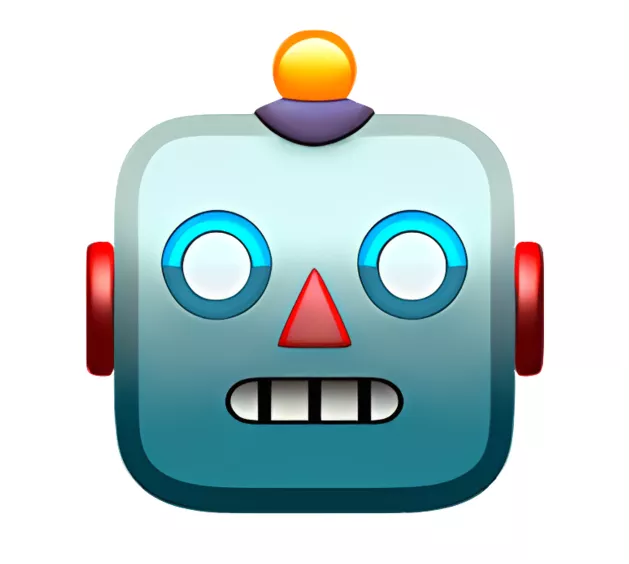Distinct Subsequences Problem Statement
You are given a string 'S' of length 'N' which may include duplicate alphabets. Your goal is to calculate the number of distinct subsequences in the string.
Example:
Input:
"S" = "deed"
Output:
11
Explanation:
The possible subsequences are {""}, {"d"}, {"e"}, {"de"}, {"e"}, {"de"}, {"ee"}, {"dee"}, {"d"}, {"dd"}, {"ed"}, {"ded"}, {"ed"}, {"ded"}, {"eed"} and {"deed"}. After filtering duplicates, the distinct subsequences are: {""}, {"d"}, {"e"}, {"de"}, {"ee"}, {"dee"}, {"dd"}, {"ed"}, {"ded"}, {"eed"}, {"deed"}, resulting in 11 distinct subsequences.
Input:
The first line contains an integer 'T' denoting the number of test cases. Each of the following T lines contains a single string 'S'.
Output:
For each test case, output the count of distinct subsequences, modulo 109 + 7, on a new line.
Constraints:
1 <= T <= 101 <= N <= 104
Note: The answer might be large, so return it modulo 109 + 7.

The task is to find the count of distinct subsequences in a given string.
Use dynamic programming to solve the problem.
Create a 2D array to store the count of distinct subsequences for each prefix of t...read more


Meesho Software Developer interview questions & answers
Popular interview questions of Software Developer


Reviews
Interviews
Salaries
Users












